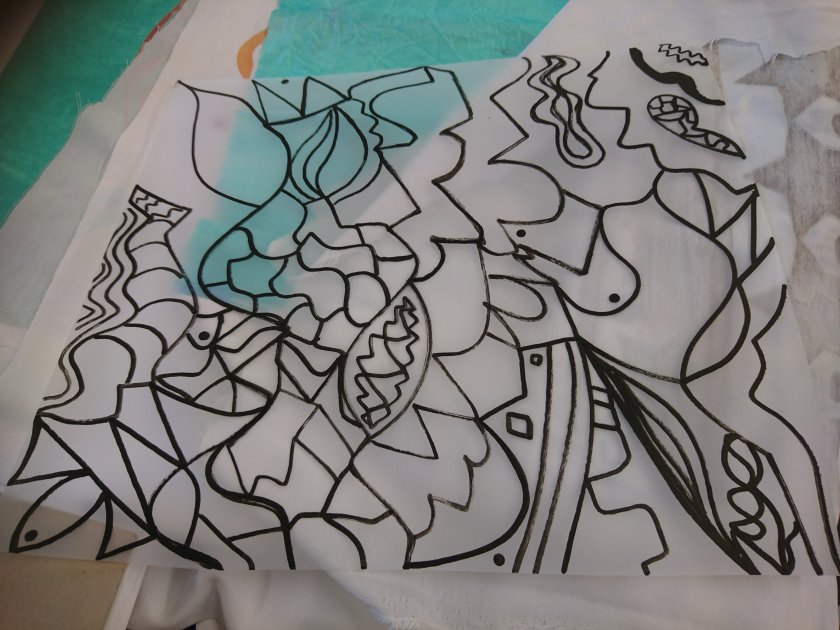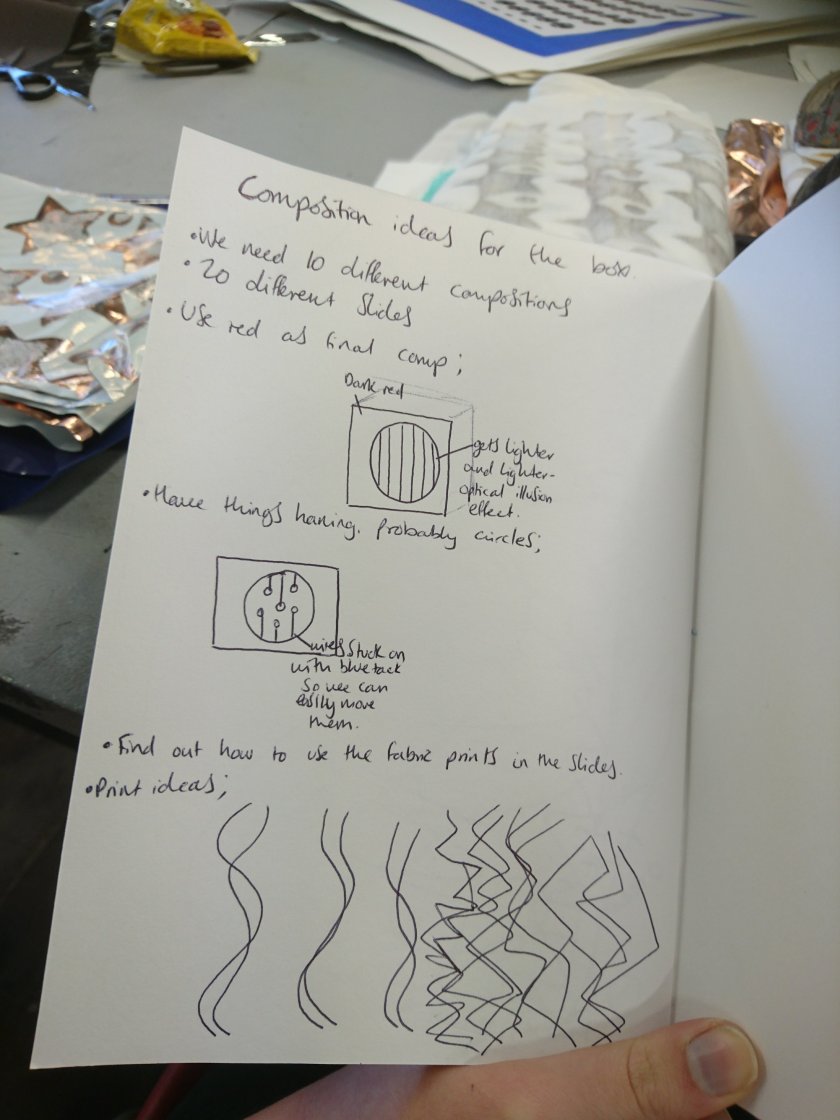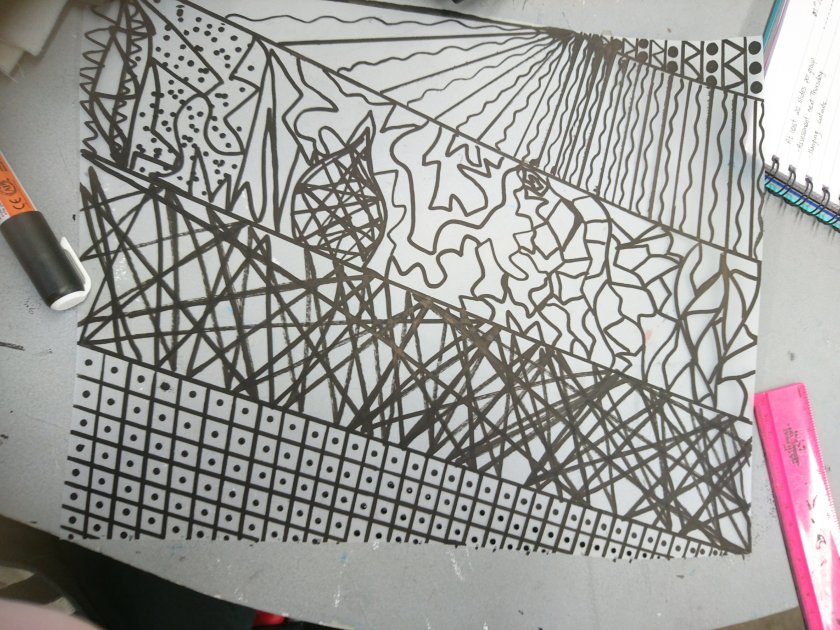I believe that both field projects have been hugely successful and I really enjoyed the entire process. My work has always revolved around politics and are never abstract, which can be quite restrictive after a while if I want to go outside my comfort zone because I find it difficult to know how to do that. Things Behind The Sun let me do this easily by letting me look at landscapes and draw extremely quickly in challenging weather, forcing me to draw what I saw, which enabled me to see my drawing style and came out with 5 drawing motifs to work with in the print studio. Being able to see these abstract new styles led me to look at artists that I had never considered before, including Vija Celmins and Eduardo Chillida. Vija Celmins uses monochrome and simple objects in her work, like the sea, but they can offer incredibly deep meanings that are open to interpretation, such as man-mad waste within the sea. This let me think more about how I could create work that doesn’t have to be obviously at politics, but more about letting people look at it for longer to offer a meaning themselves. This would in turn perhaps make my work even more political. Chillida uses simple, geometric shapes, which is something that came out of my motifs and helped me create more abstract pieces. I’ll definitely be using these techniques in the future throughout all of my modules, especially in subject and field.
In the Relational Colour module, we successfully completed a ‘Bryan Wynter’ box, which became hugely useful for my final subject piece, and over twenty different slides together, as well as a variety of different hanging pieces. I was initially unsure about working very precisely and having to measure and plan things out because I’m never inclined to do so with my own work. However, I found that I did enjoy the process and that the finishing outcome of what we made looked very professional. I started my thought process to get ideas by looking at artists, mostly Howard Hodgkin and his work “After Visiting David Hockney” (First Version), 1991, because his work is totally expressionistic and relational. I was really interested in how he created depth in his work, while only using flat surfaces, therefore I decided to play on this idea during this project. I also wanted to use colour in an interesting way, therefore I also researched into Frank Stella, and his piece ‘Hyena Stomp’, 1962. He’s used contrasting colours that aren’t completely aligned, further contrasting using the lines and pattern, something I enjoyed experimenting with during this project.
This project also unexpectedly made me realise what I really enjoyed about working with colour and shapes, which was the optical illusion aspect of it. I further researched into artists who made work around this, such as Oleg Shupliak, whom I’ve never come across before, although could really help me in my subject work, as I like working around metaphors and political issues. Using illusions could definitely help me convey my ideas interestingly, and help it be not quite as obvious as I had previously been working. I printed on fabric and made prints to convey all of these ideas in a workshop, and I decided to make as much work possible to be able to have a huge variety of pieces to use for the slides in the box.
I believe that I’ve never had such a successful outcome while working as a group, and I’ve initially always tried my best working independently because of previous failures. However, working with this group has made me want to carry on working with others, and perhaps even work collaboratively in my subject area with people who work similarly and differently to me, as group work seems a lot less challenging after this project.
Overall, I had an amazing time during these projects and I learned a lot of new skills, for example, the fabric printing and lazer cutting, as well as develop old ones that will be very useful to my future work, such as working collaboratively to create exciting pieces of work.













































































































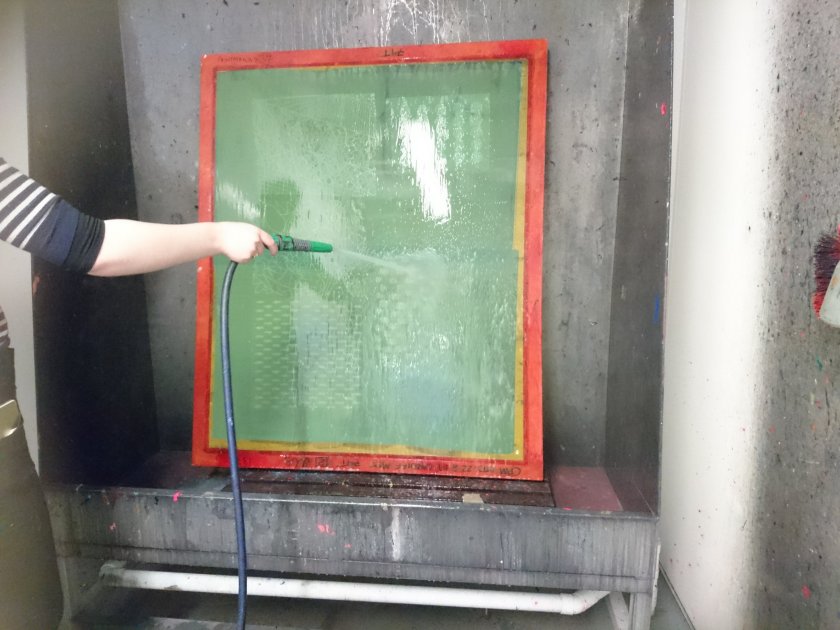 T
T 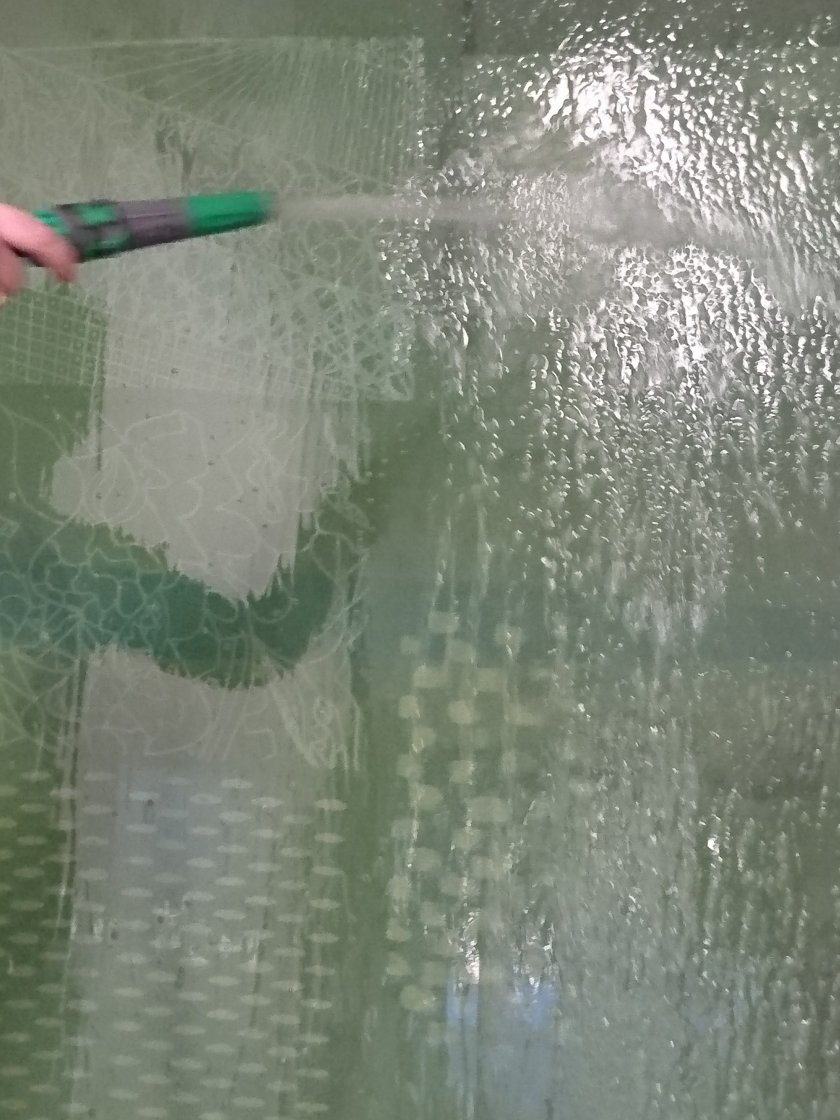
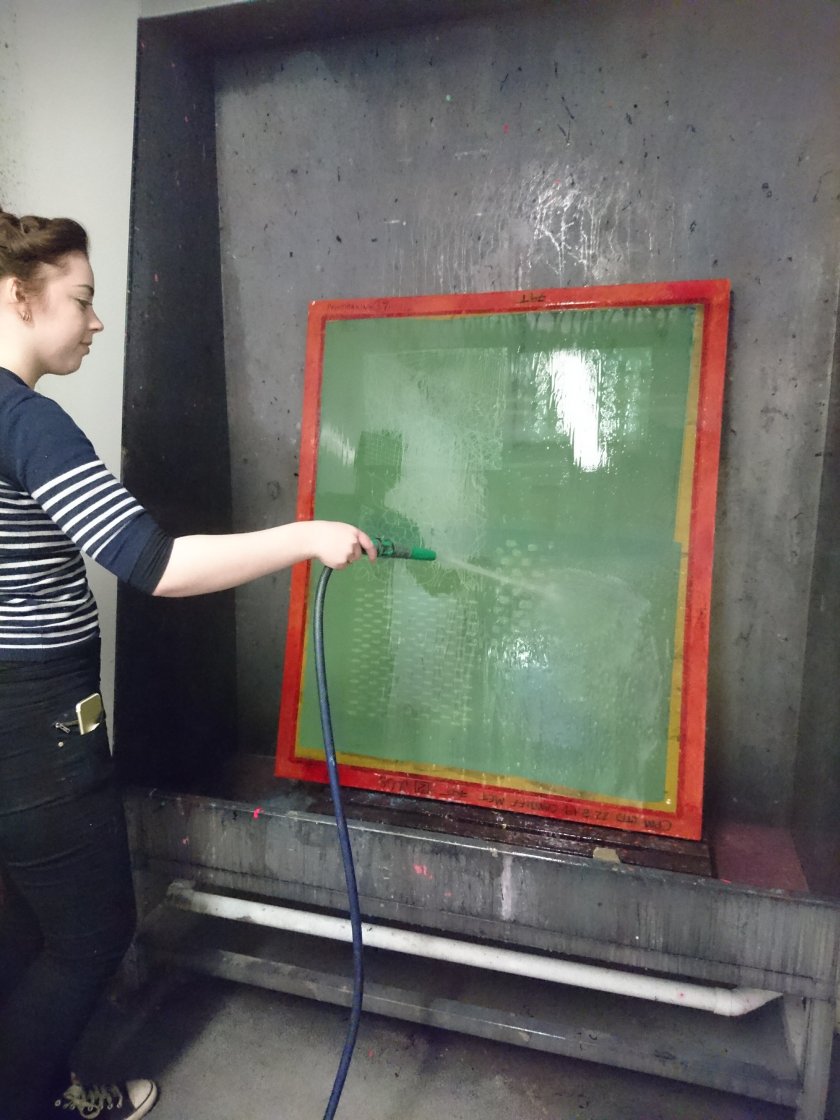 oday, I was able to participate in the print room with the rest of my group, and we shared ideas on how to execute the box, including the 10 different compositions using 20 different slides, and perhaps a “finished composition”. I decided to make a few designs to print on paper, in order to have a good variety of pieces to play about with and compare different compositions. I also wanted to keep with a mixture of solid geometric shapes, as well as more expressionistic patterns so that they’d already be contrasting.
oday, I was able to participate in the print room with the rest of my group, and we shared ideas on how to execute the box, including the 10 different compositions using 20 different slides, and perhaps a “finished composition”. I decided to make a few designs to print on paper, in order to have a good variety of pieces to play about with and compare different compositions. I also wanted to keep with a mixture of solid geometric shapes, as well as more expressionistic patterns so that they’d already be contrasting. 